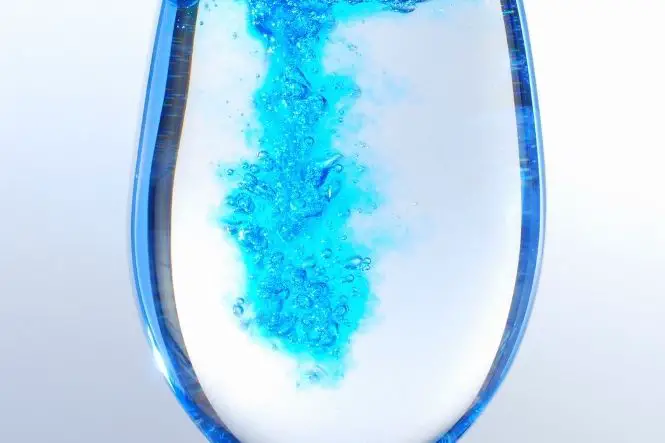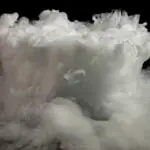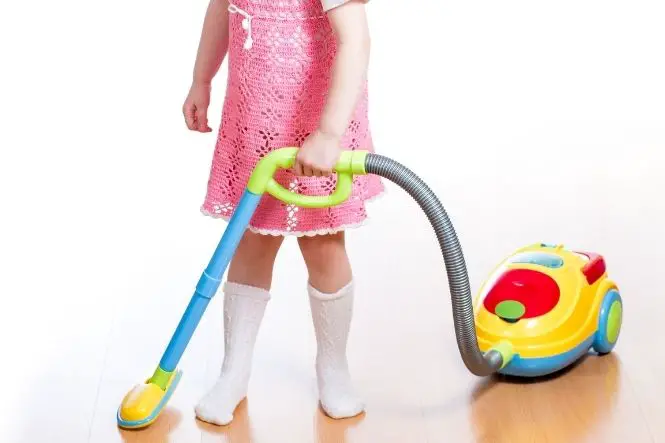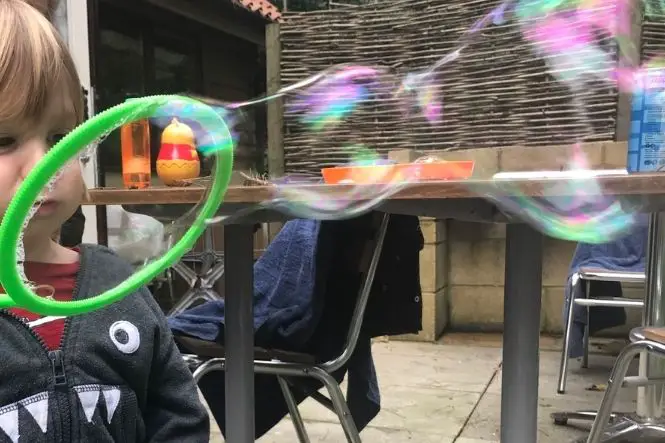Ultraviolet (UV) light is an invisible part of light. It has a shorter wavelength than violet light (see ‘Making a Rainbow: Breaking Light Into Colour’), and its name means ‘beyond violet’. Ultraviolet light is divided into three types – UVA, UVB and UVC.
Sunlight includes all three types of ultraviolet light. The earth’s ozone layer blocks almost 99% of the ultraviolet light produced, which is why it is so important. Around 99% of the UV light that reaches the surface of the earth is UVA light. Most glass blocks UVB and UVC, but allows through UVA.
Seeing Ultraviolet Light
Take two clean glasses, and fill one up to the brim with plain water, and the other with tonic water. Put them outside in full sunlight, when the sun is directly overhead, so that it hits the surface of the liquid. Hold a piece of black fabric or black paper behind the glasses, and look at the surface of the liquid in both glasses.
There will be no change with the plain water but the top of the tonic water should have a slight blue glow. This is because the ultraviolet light in the sunlight makes the quinine in the tonic water fluoresce – it absorbs photons of the invisible ultraviolet light and emits them again at a different wavelength as photons of visible light.
- Try it again at a different time of day – what difference does that make?
- Try putting a sheet of thin glass between the tonic water and the sun – does this make a difference?
- What about cellulose acetate sheets (some overhead projector sheets are cellulose acetate) on their own and with a thin layer of sunscreen?
- Do different SPF (sun protection factor) sunscreens block different amounts of light?
When the sun is directly overhead at midday, the maximum amount of ultraviolet light is coming through. Earlier or later in the day, the sunlight is filtered through more of the atmosphere, which absorbs or scatters ultraviolet light
Because the glass blocks some of the ultraviolet light, it will reduce the fluorescence. Cellulose acetate on its own does not block ultraviolet light. Adding sunscreen, which protects the skin from ultraviolet light by filtering some of it out, should also reduce the glow. Higher SPF-rated sunscreens will block more ultraviolet light.
Why Is Ultraviolet Light Harmful?
UVA and UVB light can both damage skin. UVA light penetrates into skin and causes skin ageing and wrinkling. UVB light is stronger and causes tanning and sunburn. Too much exposure to UVB light can lead to skin cancer. UVA light can also damage the eye, so sunscreen and sunglasses that include UV filters are important in bright sunlight.
Uses of Ultraviolet Light
UV lamps or ‘black lights’ are used to kill insets in food preparation areas. Ultraviolet lasers are used in engraving and surgery.
The skin makes vitamin D when exposed to UVB, and UVB lights are used to treat some skin conditions like psoriasis, eczema and vitiligo.
Ultraviolet lights are used to sterilise laboratories and disinfect drinking water.






